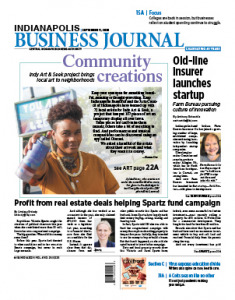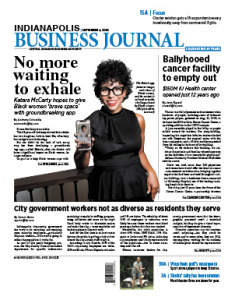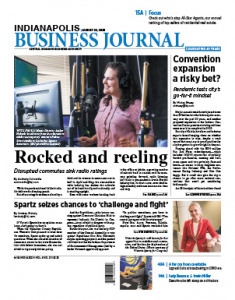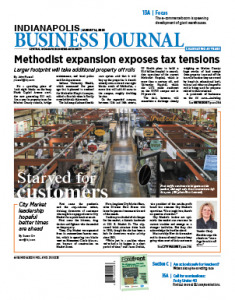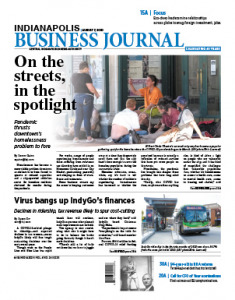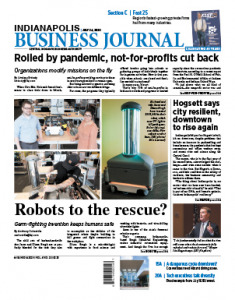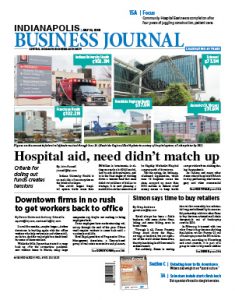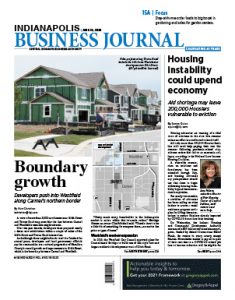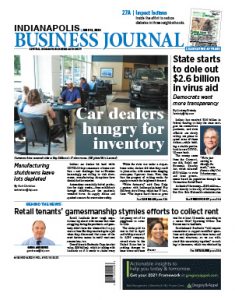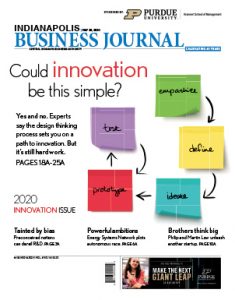
SEPT. 25-OCT. 1
In this week's issue of IBJ, Mickey Shuey reports that local officials led by the Indiana Sports Corp. are betting big on the city's continued success as a sports city by submitting dozens of bids to host championship level sports events. Greg Andrews explores the major steps that Muncie-based First Merchants Bank is taking to settle investigations that it engaged in redlining majority-Black Indianapolis census tracts. And Lindsey Erdody features in-depth discussions with Republican Todd Rokita and Democrat Jonathan Weinzapfel, the major party contenders for Indiana’s attorney general.


